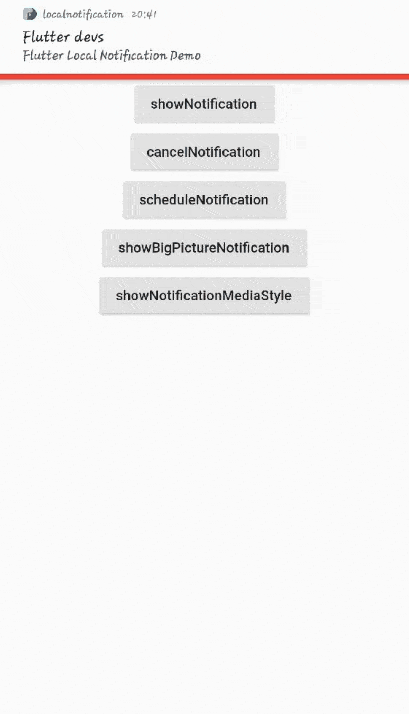https://ezaccess.library.uitm.edu.my/login
Sign in ->Online databases ->Scopus -> put string keywords -> search
From each research question, find area for the categories.
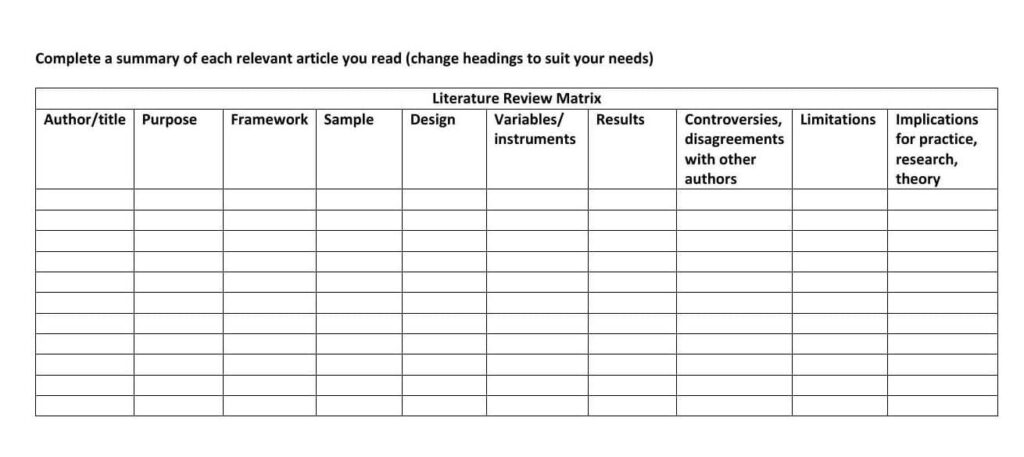
https://ezaccess.library.uitm.edu.my/login
Sign in ->Online databases ->Scopus -> put string keywords -> search
From each research question, find area for the categories.

CSP750:
Output: 3 chapters – (Chapter 1- Chapter 3), Format – UiTM Thesis (download dari website IPSIS)
Bilangan references: Sekurang-kurangnya 30
Kuantiti patah perkataan = Kurang daripada 15,000 patah perkataan.
Pemeriksa: Pengajar dan Penyelia
CSC734:
Output: 6 pages Camera-ready conferences paper
Pemeriksa: Penyelia dan Pemeriksa
CSP760:
Output: 5 chapters – (Chapter 1- Chapter 5), Format – UiTM Thesis (download dari website IPSIS)
Bilangan references: Sekurang-kurangnya 50
Kuantiti patah perkataan = MIN = 15,000 patah perkataan, MAX = 20,000 patah perkataan
Pemeriksa: Penyelia dan Pemeriksa
Watch out this words:
Data:
MUHAMMAD IZZAD BIN RAMLI’s Personal Room
https://uitm.webex.com/meet/izzadramli | 1766435558
Join by video system
Dial izzadramli@uitm.webex.com and enter your host PIN .
You can also dial 210.4.202.4 and enter your meeting number.
Join by phone
+60-3-9212-7625 Malaysia Toll
+60-3-20-585-339 Malaysia Toll 2
Access code: 176 643 5558
| Modul | Tugasan | Tarikh | Masa |
| LDK – Unit 2: Jobseeker Essentials | NEXT profile | 17/5/2021 (Isnin) | 8.30 – 10.30 Malam |
| LDK – Unit 3: Shout Your Talent | Resume, cover letter, 1 minute video resume | 22/5/2021 (Sabtu) | 9 – 11 Pagi |
| LDK – Unit 4: Ace your Interview | 22/5/2021 (Sabtu) | 2 – 4 Petang |
Tarikh terakhir untuk penyerahan tugasan: 25/5/2021
Disertakan 2 pautan (link) google form untuk diberikan kepada pelajar pada Sesi terakhir modul LDK.
Pautan eMPK Feedback Form
1. PROGRAM MODUL PEMBANGUNAN KERJAYA/FINISHING SCHOOL (PENILAIAN FASILITATOR)
Link: http://bit.ly/eMPKPenilaianFasilitator
2. PROGRAM MODUL PEMBANGUNAN KERJAYA /FINISHING SCHOOL (MAKLUMBALAS SEBELUM DAN SELEPAS PROGRAM)
Link: http://bit.ly/eMPKfeedbackform
Penghantaran tugasan:-
Pautan penghantaran tugasan berdasarkan program pengajian adalah seperti berikut:
Nota: Buat satu file dan namakan nama penuh anda, kemudian masukkan semua file yang diminta dalam file tersebut.
LDK – Unit 2: Jobseeker Essentials
Password: uXDePNe6
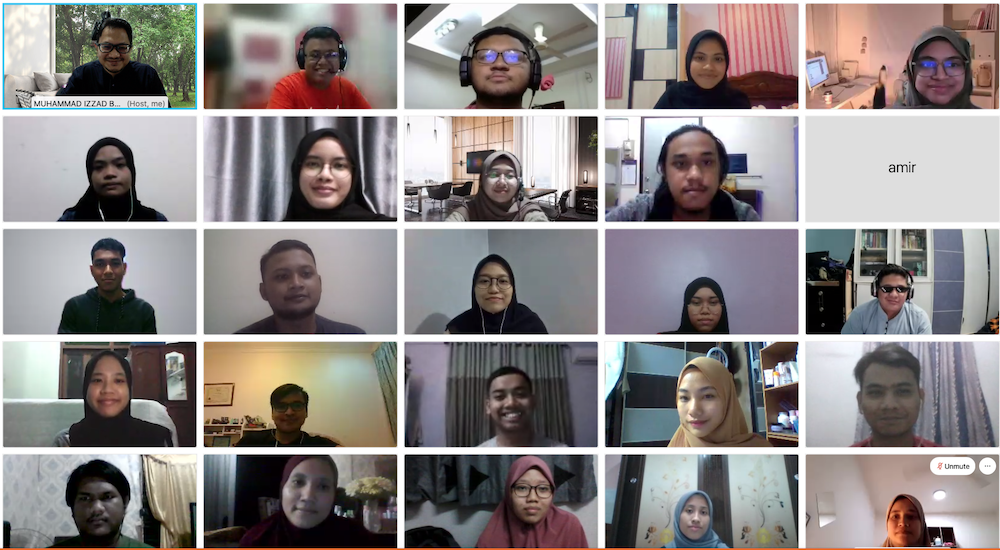
LDK – Unit 3: Shout Your Talent
Password: GcCG3m8u
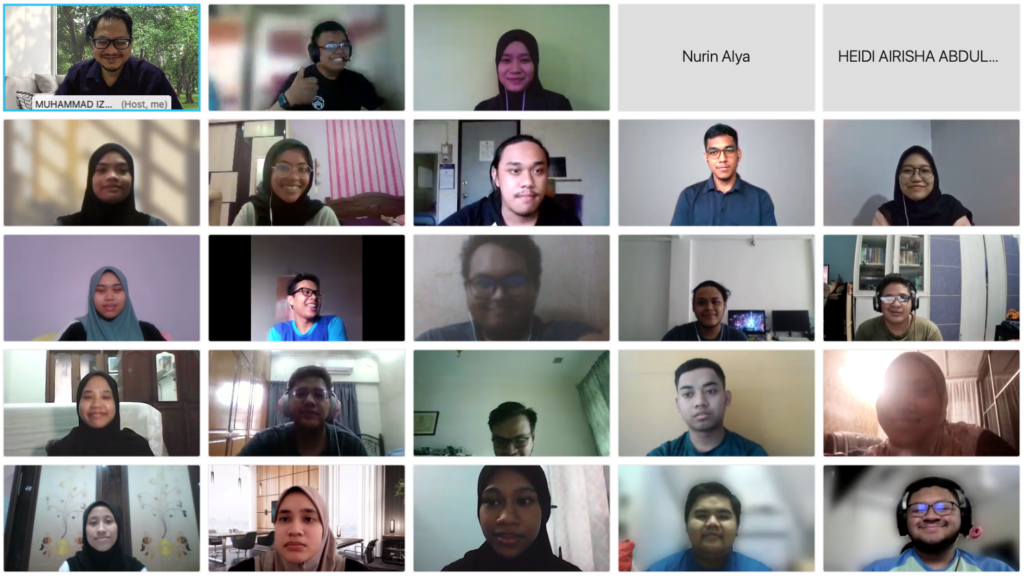
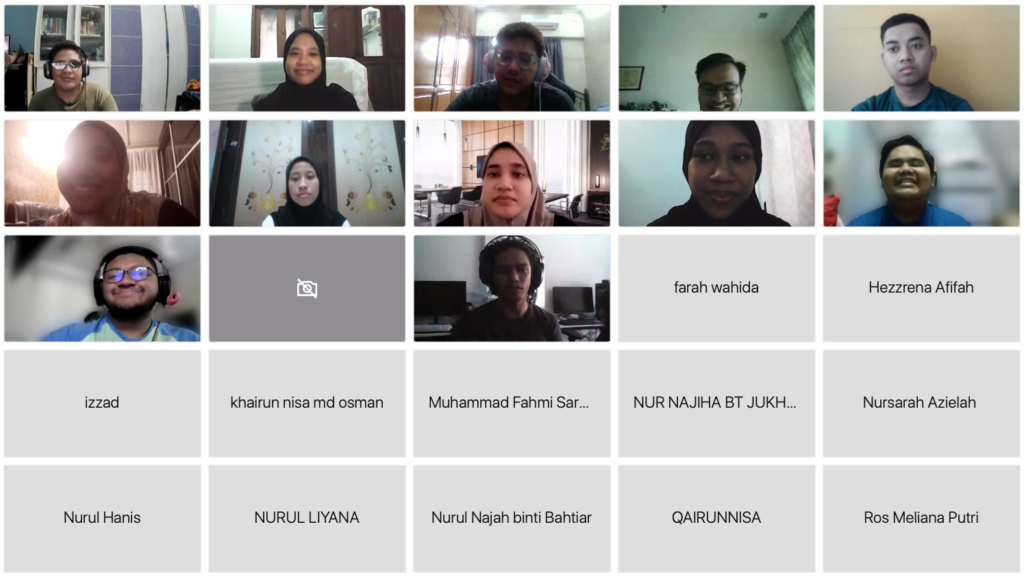
LDK – Unit 4: Ace your Interview
Password: 7tGEmjyp

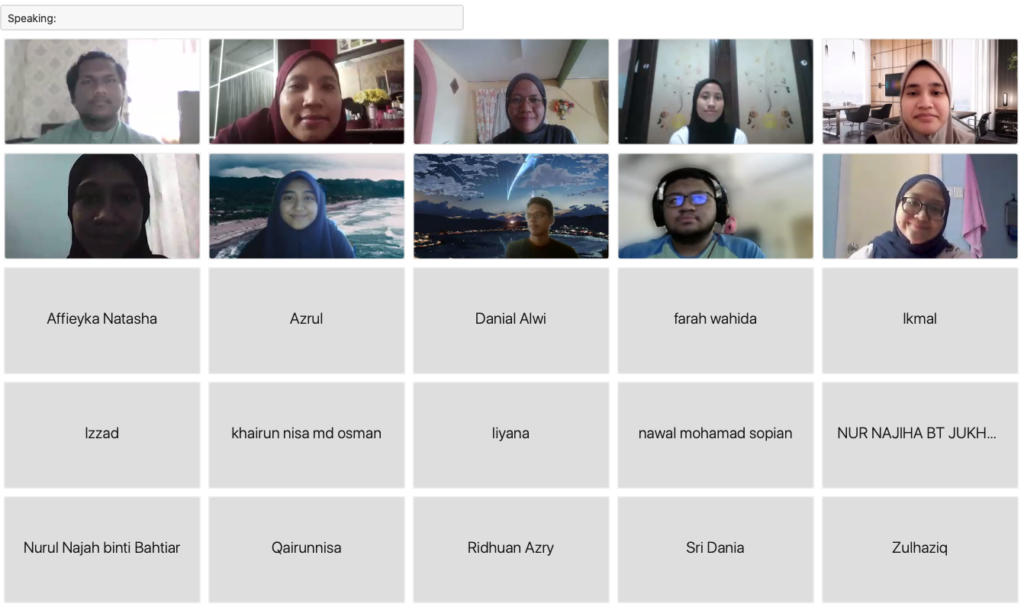
How to change app name:
Android
Open AndroidManifest.xml (located at android/app/src/main)
<application
android:label="App Name" ...> // Your app name hereOpen info.plist (located at ios/Runner)
<key>CFBundleName</key>
<string>App Name</string> // Your app name hereDon’t forget to run
flutter clean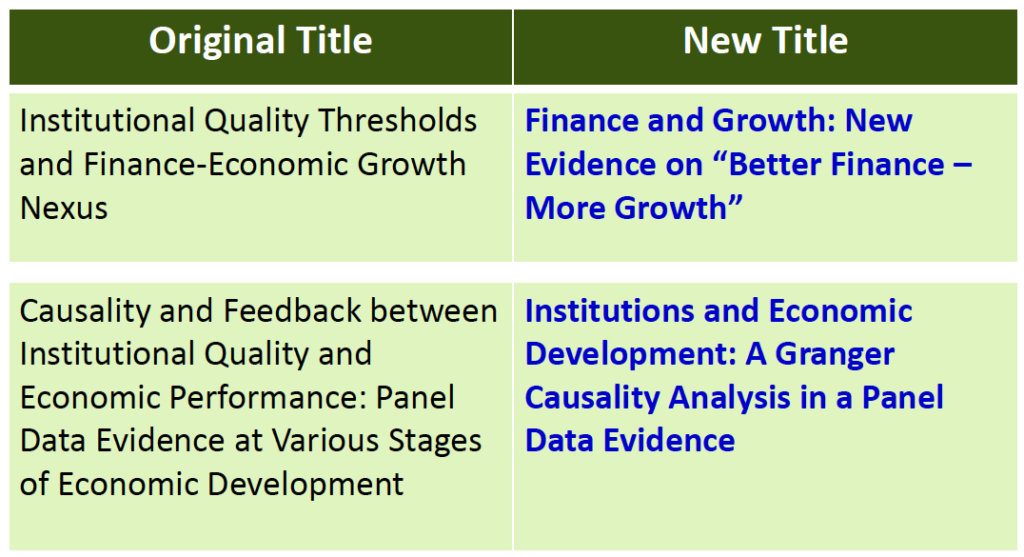
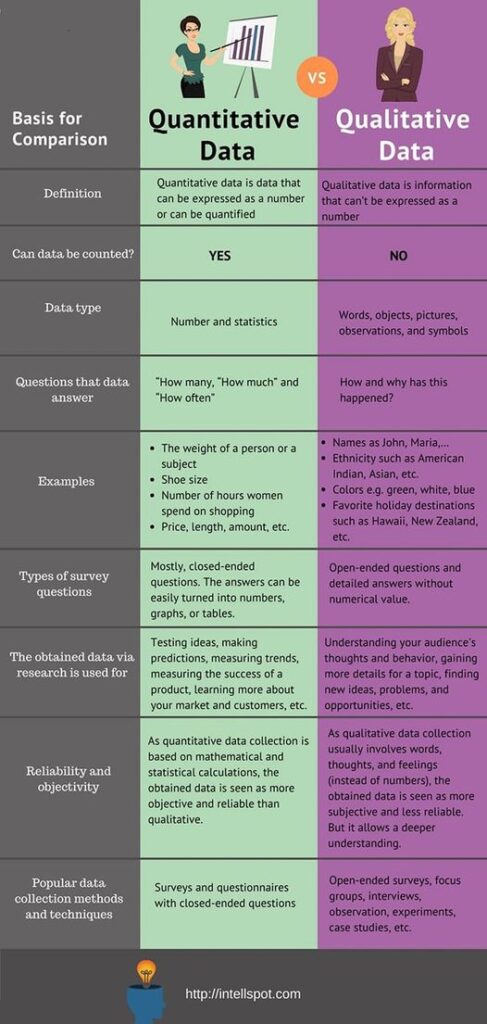

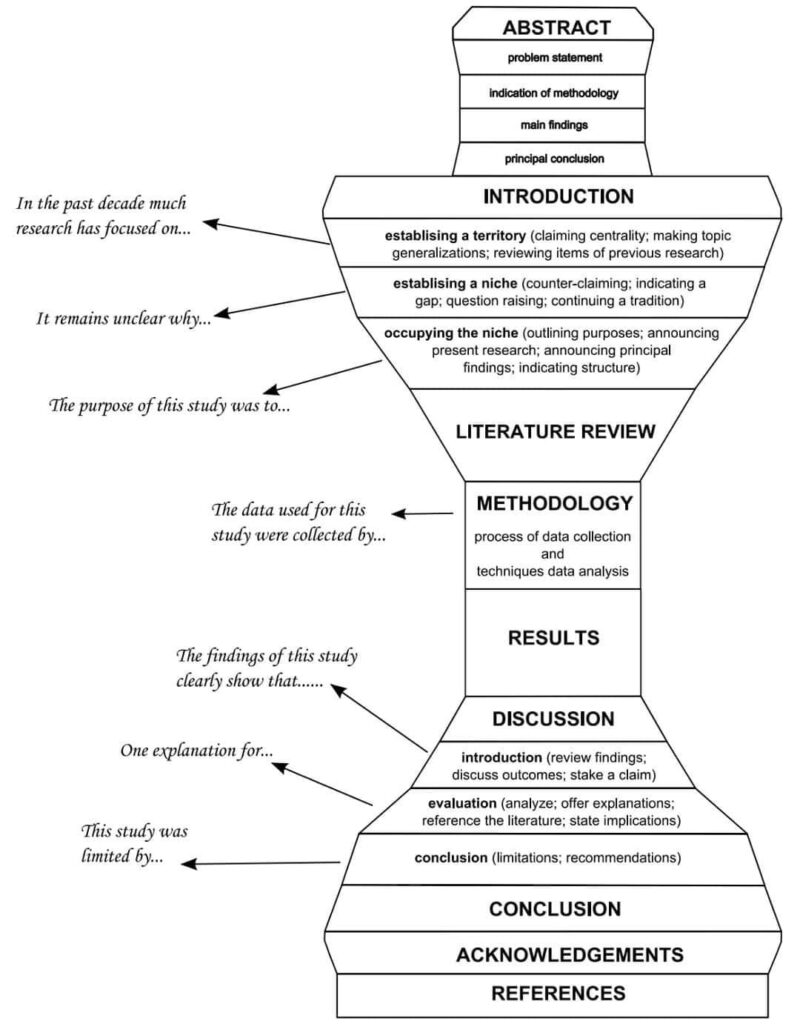
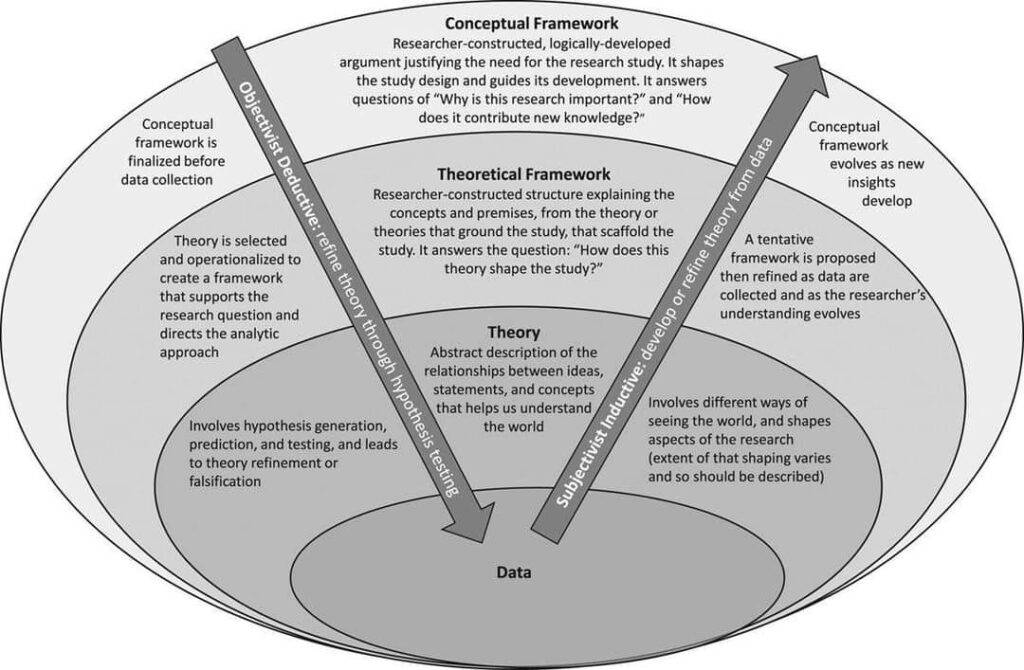
Include an in-text citation when you refer to, summarize, paraphrase, or quote from another source. For every in-text citation in your paper, there must be a corresponding entry in your reference list.
APA in-text citation style uses the author’s last name and the year of publication, for example: (Field, 2005). For direct quotations, include the page number as well, for example: (Field, 2005, p. 14). For sources such as websites and e-books that have no page numbers, use a paragraph number. More information on citing sources without pagination is given on the APA Style web page.
Example paragraph with in-text citation
A few researchers in the linguistics field have developed training programs designed to improve native speakers’ ability to understand accented speech (Derwing, Rossiter, & Munro, 2002; Krech Thomas, 2004). Their training techniques are based on the research described above indicating that comprehension improves with exposure to non-native speech. Derwing et al. (2002) conducted their training with students preparing to be social workers, but note that other professionals who work with non-native speakers could benefit from a similar program.
References
Derwing, T. M., Rossiter, M. J., & Munro, M. J. (2002). Teaching native speakers to listen to foreign-accented speech. Journal of Multilingual and Multicultural Development, 23(4), 245-259.
Krech Thomas, H. (2004). Training strategies for improving listeners’ comprehension of foreign-accented speech (Doctoral dissertation). University of Colorado, Boulder.
In-text references should immediately follow the title, word, or phrase to which they are directly relevant, rather than appearing at the end of long clauses or sentences. In-text references should always precede punctuation marks. Below are examples of using in-text citation.
Author’s name in parentheses:
One study found that the most important element in comprehending non-native speech is familiarity with the topic (Gass & Varonis, 1984).
Author’s name part of narrative:
Gass and Varonis (1984) found that the most important element in comprehending non-native speech is familiarity with the topic.
Group as author:
First citation: (American Psychological Association [APA], 2015)
Subsequent citation: (APA, 2015)
Multiple works: (separate each work with semi-colons)
Research shows that listening to a particular accent improves comprehension of accented speech in general (Gass & Varonis, 1984; Krech Thomas, 2004).
Direct quote: (include page number)
One study found that “the listener’s familiarity with the topic of discourse greatly facilitates the interpretation of the entire message” (Gass & Varonis, 1984, p. 85).
Gass and Varonis (1984) found that “the listener’s familiarity with the topic of discourse greatly facilitates the interpretation of the entire message” (p. 85).
Note: For direct quotations of more than 40 words, display the quote as an indented block of text without quotation marks and include the authors’ names, year, and page number in parentheses at the end of the quote. For example:
This suggests that familiarity with nonnative speech in general, although it is clearly not as important a variable as topic familiarity, may indeed have some effect. That is, prior experience with nonnative speech, such as that gained by listening to the reading, facilitates comprehension. (Gass & Varonis, 1984, p. 77)
APA style has specific rules for citing works by multiple authors. Use the following guidelines to determine how to correctly cite works by multiple authors in text. See pages 174-176 of the manual.
Note: When using multiple authors’ names as part of your narrative, rather than in parentheses, always spell out the word and. For multiple authors’ names within a parenthetic citation, use &.
See chart on page 177 of the manual for useful information on authors.
One author: (Field, 2005)
Two authors: (Gass & Varonis, 1984)
Three to five authors:
First citation: (Tremblay, Richer, Lachance, & Cote, 2010)
Subsequent citations: (Tremblay et al., 2010)
Six or more authors: (Norris-Shortle et al., 2006).
Example paragraph with in-text citation
A few researchers in the linguistics field have developed training programs designed to improve native speakers’ ability to understand accented speech (Derwing et al., 2002; Thomas, 2004). Their training techniques are based on the research described above indicating that comprehension improves with exposure to non-native speech. Derwing et al. (2002) conducted their training with students preparing to be social workers, but note that other professionals who work with non-native speakers could benefit from a similar program.
References
Derwing, T. M., Rossiter, M. J., & Munro, M. J. (2002). Teaching native speakers to listen to foreign-accented speech. Journal of Multilingual and Multicultural Development, 23(4), 245-259.
Thomas, H. K. (2004). Training strategies for improving listeners’ comprehension of foreign-accented speech (Doctoral dissertation). University of Colorado, Boulder.
Note: As you can see the citation Derwing et al., 2002 will be display at reference with also the name Derwing. So the reader know that citation refer to which reference.
Cite web pages in text as you would any other source, using the author and date if known. If the author is not known, use the title and the date as the in-text citation (for long titles just use the first few words). Your in-text citation should lead your reader to the corresponding entry in the reference list. For sources with no date use n.d. (for no date) in place of the year: (Smith, n.d.). Below are examples of using in-text citation with web pages.
Web page with author:
In-text citation:
Role-play can help children learn techniques for coping with bullying (Kraiser, 2011).
Reference entry:
Kraizer, S. (2011). Preventing bullying. Retrieved from http://safechild.org/categoryparents/preventing-bullying/
Web page with no author:
In-text citation:
The term Nittany Lion was coined by Penn State football player Joe Mason in 1904 (All things Nittany, 2006).
Reference entry:
All things Nittany. (2006). Retrieved from http://www.psu.edu/ur/about/nittanymascot.html
Web page with no date:
In-text citation:
Establishing regular routines, such as exercise, can help survivors of disasters recover from trauma (American Psychological Association [APA], n.d.).
Reference entry:
American Psychological Association. (n.d.). Recovering emotionally from disaster. Retrieved from http://www.apa.org/helpcenter/recovering-disasters.aspx
APA Citation
Every student should come out with an MATLAB GUI for image compression.
You GUI maybe look like this but much more better and contain option to select lossy or lossless method.
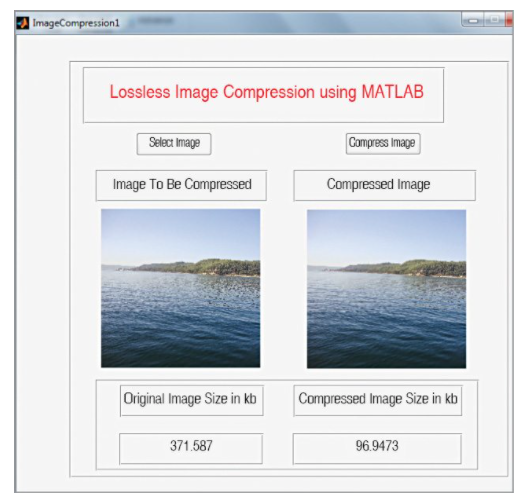
You can upload and share everything relating to use map Flutter. You also can download it, if it’s useful to you.
https://blog.codemagic.io/creating-a-route-calculator-using-google-maps/
https://github.com/sbis04/flutter_maps
or
https://www.digitalocean.com/community/tutorials/flutter-geolocator-plugin
https://github.com/sbis04/flutter_maps (try this, interesting)
You can upload and share everything relating to the notification in Flutter. You also can download it, if it’s useful to you.
